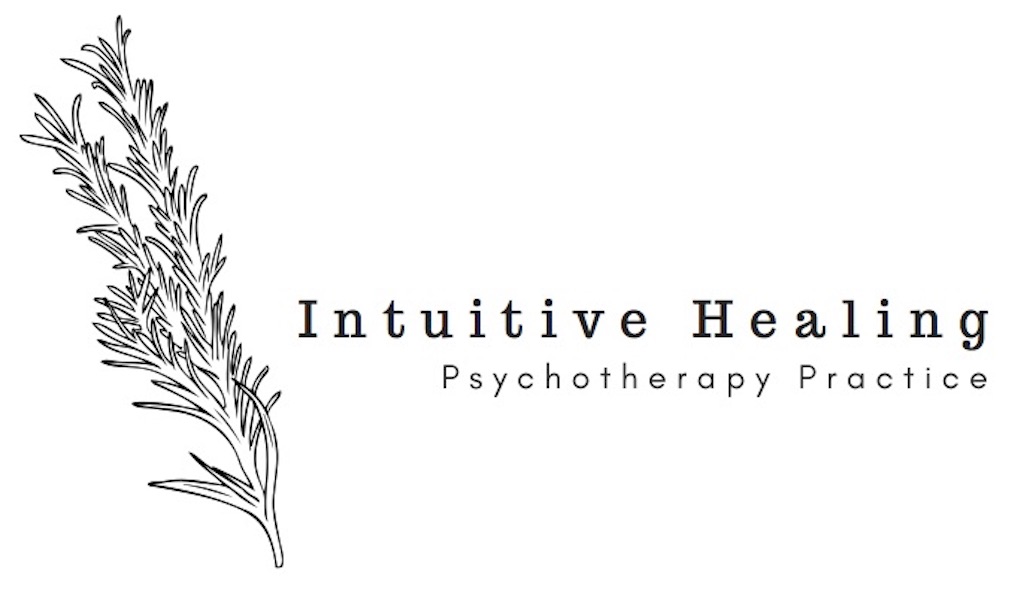Workaholism 101: Understanding and Challenging Your Relationship with Work
Samantha Waldman, MHC
New York City is known for its extremely competitive professional environment, so it’s no surprise that a common issue that emerges in my work with many clients is the struggle to balance work and personal time. These clients are often identify themselves as workaholics. Workaholism can look different for different people, and could be a struggle to make it out of the office at a reasonable hour, pull yourself away from your email even when you’re off the clock, or find comfort and security in your work performance, despite the number of hours your pulling and the positive feedback you’re receiving. Whether you are just looking to shift gears towards having more me-time, or are struggling with a full-on toxic work-life-balance, here are some tips to help challenge and shift your relationship to your work:
Look at Where It’s Coming From
Understanding where the pressure to work is coming from is an important first step. Sometimes the pressure is external, such as an overly demanding boss or a big upcoming deadline. If the source is external, understanding your limits and developing effective boundaries (which we’ll discuss more later), and defining outcomes and consequences if those limits and boundaries are violated, can be a helpful step towards finding more balance.
Other times the source of workaholism is internal. Insecurity, perfectionism, or a lack of self-love often play a role in our relationship to work. Some workaholics hold onto a fear that they need to constantly prove themselves or reach a certain level of achievement in order to demonstrate their worth. When workaholism is coming from an internal place, engaging in practices that nurture self-compassion, such as participating in activities that feel energetically fulfilling, reaching out to trusted people for support, or beginning the therapy process to help generate insight, can help move you towards better understanding and challenging these sources of your workaholism.
Define your Limits and Start to Develop Boundaries
Once you’ve reached a deeper understanding of the source of your workaholism you can start defining your limits and developing boundaries. Boundaries are defined as personal guidelines and limits created to outline safe relational dynamics. It is important that your limits and boundaries are clear and concretely defined. Some examples of work related boundaries are committing to using all of your vacation days within the year, always leaving the office by six o’clock, or leaving emails unread when you’re out of the office. It’s also important to recognize that the early stages of the boundary setting process are for testing and experimenting; don’t hold onto the expectation that you’ll get it right every single time. Even small steps towards honoring your boundaries is progress, regardless of the outcome.
Recognize When You’re Running on Empty
It’s important to remind yourself that there is no effective work-you when your mental and physical health are suffering due to a lack of rest and balance. Be sure to take the time to really check in with yourself and see where are energetically. If you are feeling totally depleted by work even giving one hundred percent of your remaining energy won’t be as successful as devoting a smaller percent when you’re feeling more filled up. Remember that you can’t give with an empty cup.
